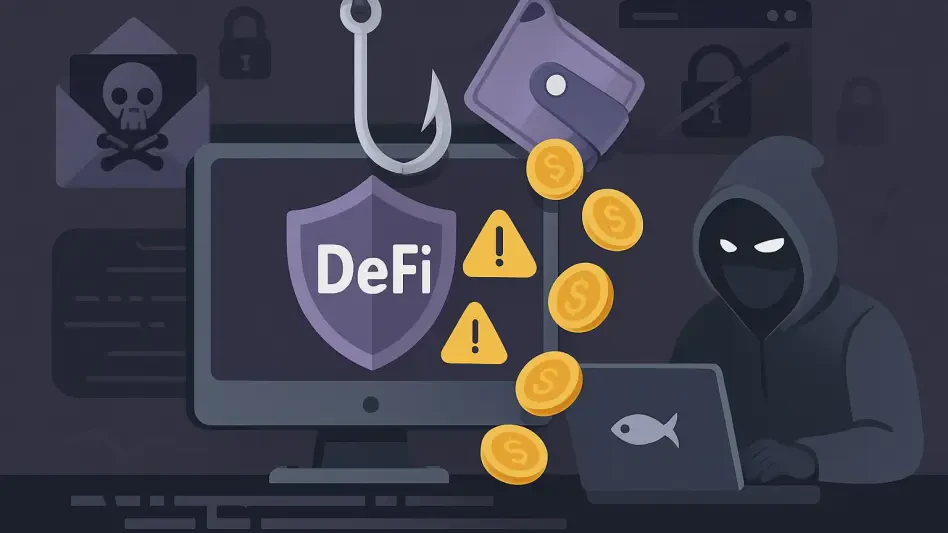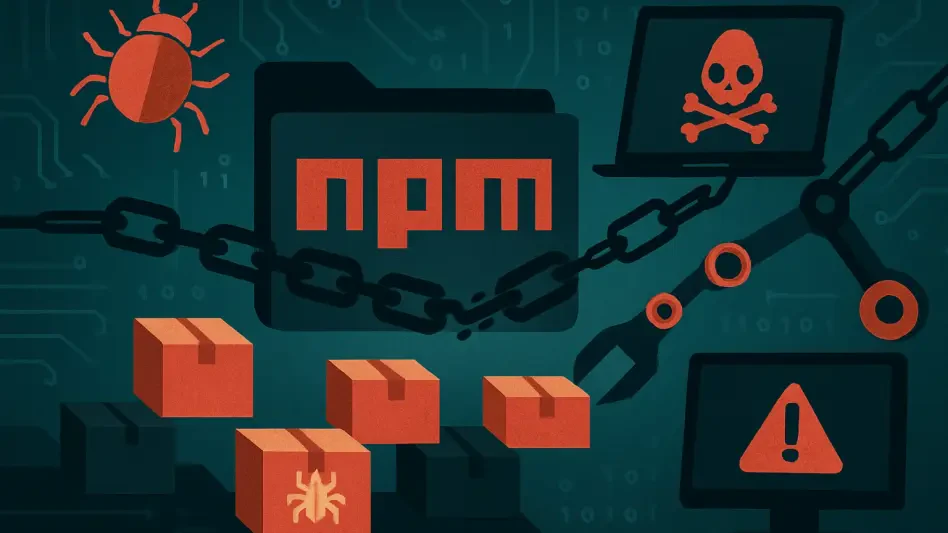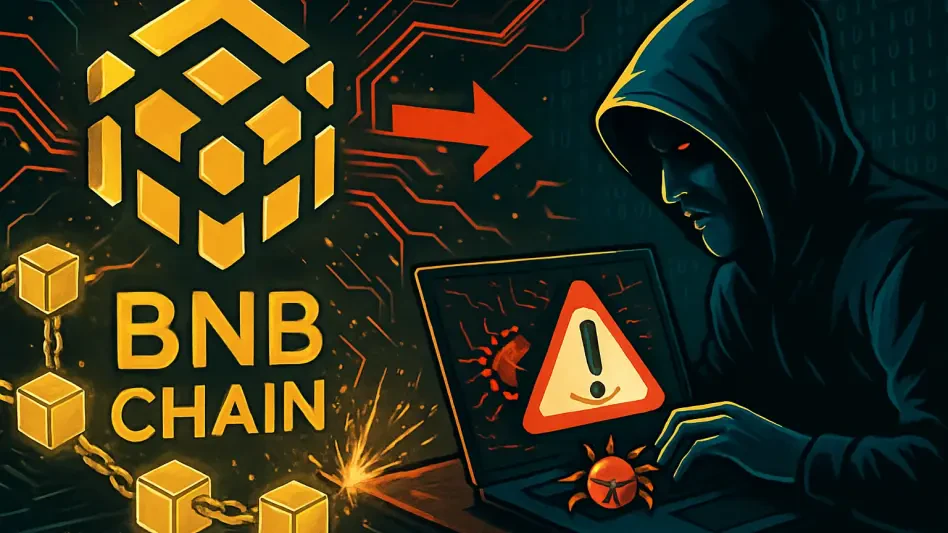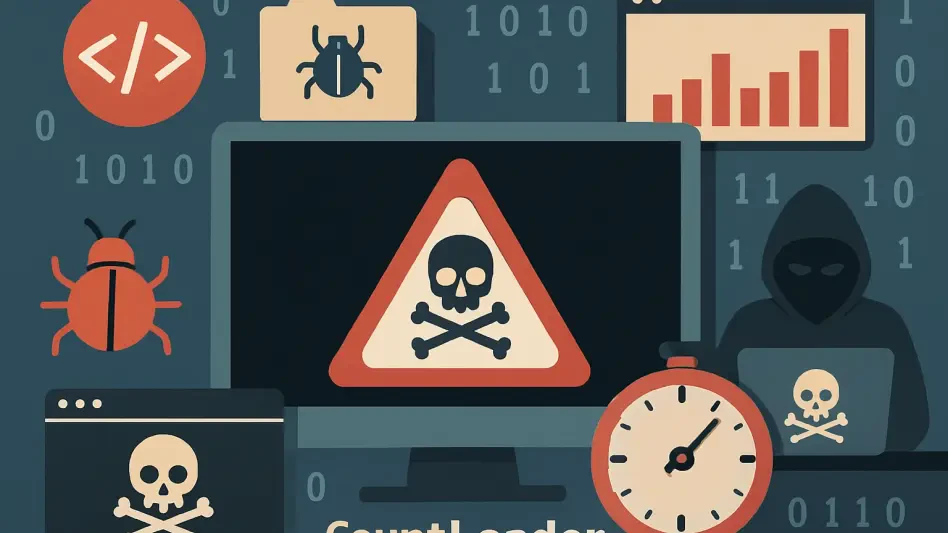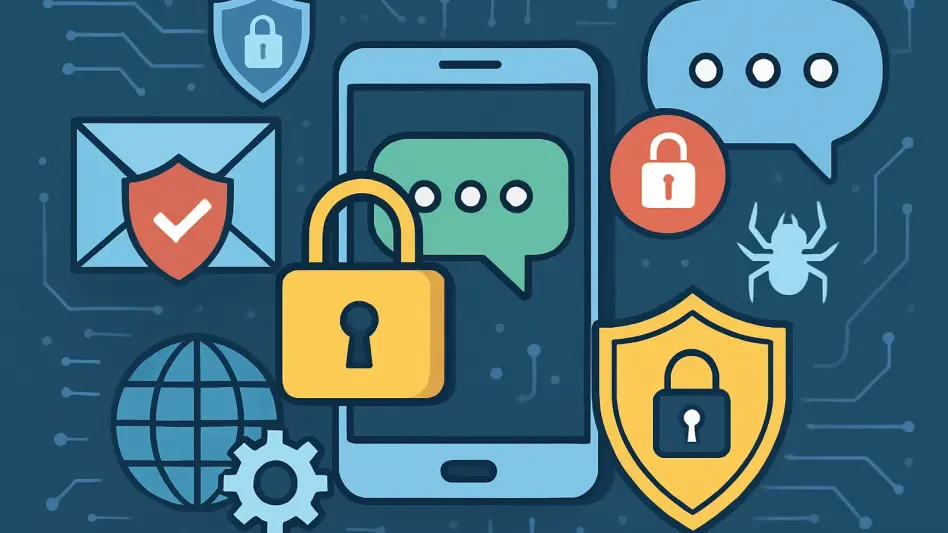QR codes have become a ubiquitous part of daily life, especially during the COVID-19 pandemic, when their use skyrocketed for contactless services in restaurants, shops, and public transportation. While this technology offers convenience in accessing menus, making payments, and sharing information, it also presents substantial security risks that many users overlook. The rise of QR code scams, or “quishing” attacks, has created an urgent need for awareness and cautious behavior.
The Risks of QR Codes
Tampering with Physical QR Codes
One of the most alarming QR code risks involves the tampering of physical codes in public spaces. Cybercriminals can easily place their own fraudulent QR codes over legitimate ones, leading unsuspecting users to malicious websites designed to steal personal information or spread malware. For instance, fake QR code stickers have been reported in public locations like restaurant tables, parking meters, and event posters. A notable incident in the UK saw scammers targeting parking lots with stickers that directed motorists to phishing websites instead of legitimate payment portals. Such schemes can lead to financial losses and the compromise of sensitive data.
To protect against these threats, users should be vigilant when encountering QR codes in unexpected places. Before scanning, it’s essential to look for signs that a QR code has been tampered with, such as mismatched stickers or irregularities. Additionally, rather than automatically entering sensitive information on websites accessed via QR codes, users should manually input URLs when feasible. This reduces the risk of inadvertently providing personal information to cybercriminals. Using dedicated security apps that scan and verify QR codes before allowing access to their content can also add an extra layer of protection.
The Emergence of Quishing Attacks
Quishing attacks, a form of phishing that uses QR codes to lure users to fraudulent websites, have been on the rise. These attacks exploit the fact that QR codes are difficult to inspect before scanning, making it easier for cybercriminals to deceive users. Quishing can result in the theft of sensitive information, including login credentials and financial details, or in the installation of malware on devices. Users might receive QR codes through emails, text messages, or even social media, purportedly from trusted sources. Upon scanning, they are redirected to deceptive sites that mimic legitimate ones, tricking them into revealing private data.
Users can safeguard themselves from quishing attacks by adopting several precautionary measures. It is crucial to be wary of QR codes received from unsolicited emails or messages, even if they appear trustworthy. Double-checking the sender’s identity and verifying the authenticity of the QR code can prevent falling victim to such scams. Moreover, employing multi-factor authentication for accounts can provide an additional security layer, reducing the likelihood of unauthorized access even if login credentials are compromised.
Protecting Businesses from QR Code Scams
Implementing Dynamic QR Codes
Businesses leveraging QR codes for customer interactions must prioritize security to protect their clientele and brand reputation. One effective strategy is the adoption of dynamic QR codes, which can be programmed to change their destination URLs periodically. Dynamic codes are more secure than static ones, as they prevent cybercriminals from replicating or manipulating them easily. Furthermore, these QR codes can come with expiration dates, ensuring they remain valid only for a limited time and reducing the risk of long-term exploitation.
Using URL shorteners with built-in verification features can also help businesses secure their QR code usage. These tools can track and monitor the QR code’s access patterns, alerting businesses to any unusual or suspicious activities. By closely monitoring how and when QR codes are scanned, companies can swiftly identify and address potential security breaches. Implementing such measures can significantly reduce the likelihood of fraudulent schemes targeting both the business and its customers.
Adding Identifiable Security Markers
Another proactive approach businesses can take involves incorporating identifiable security markers within QR codes. These markers, such as watermarks or unique logos, serve as visual indicators of authenticity, making it easier for customers to distinguish between legitimate and tampered QR codes. When customers recognize these markers, they are more likely to trust the QR codes provided by the business, fostering a safer user experience.
In addition to visual markers, businesses can educate their customers on recognizing and reporting suspicious QR codes. Awareness campaigns and clear communication about the potential risks and signs of tampered codes can empower customers to protect themselves. Providing guidelines on how to safely scan QR codes and what to do in case of encountering a dubious code can further enhance security. By combining technical solutions with customer education, businesses can establish a robust defense against QR code scams and build greater trust with their audience.
Building a Safer Digital Environment
QR codes have become an everyday fixture, particularly due to the COVID-19 pandemic when their use greatly increased for contactless services in restaurants, shops, and public transportation. This technology provides the ease of accessing menus, making payments, and sharing information effortlessly. However, it also brings significant security concerns that many users tend to ignore. The rise of QR code scams, known as “quishing” attacks, underscores the pressing need for users to be more aware and careful. These scams involve malicious actors who create fake QR codes to deceive users, potentially leading to data theft or financial fraud. As QR codes continue to proliferate in our digital age, it’s crucial for people to understand both the benefits and the risks involved. Therefore, practicing vigilance when scanning QR codes and being informed about how to spot potential threats can help in safeguarding personal and sensitive information. Awareness and caution can make a big difference in navigating the digital terrain safely.


